Punk is a subculture that emerged in the mid-1970’s, taking its roots from the punk rock genre. New Yorker musicians started doing punk rock in the mid-1960’s and maintained the rebellion of rock n’ roll, as well as its innocence. On the other hand, British punks were standing against the suffering economics and trying to have their voice heard. Above all, they believed everything was going down and nothing was to be continued, so their culture needed to be different from what the Americans did: They were aiming to create a separate wave that would stand out.
At this point, American punks were starting to be some type of underground people who were not in the mass media at the time. They were bored young people who found the solution in yelling their anger out. However, British punk had much deeper meanings in its roots. The punks in the United Kingdom were unsatisfied with the political and economic situation which their country was in.
Punk Rock as A Subculture: How It Started
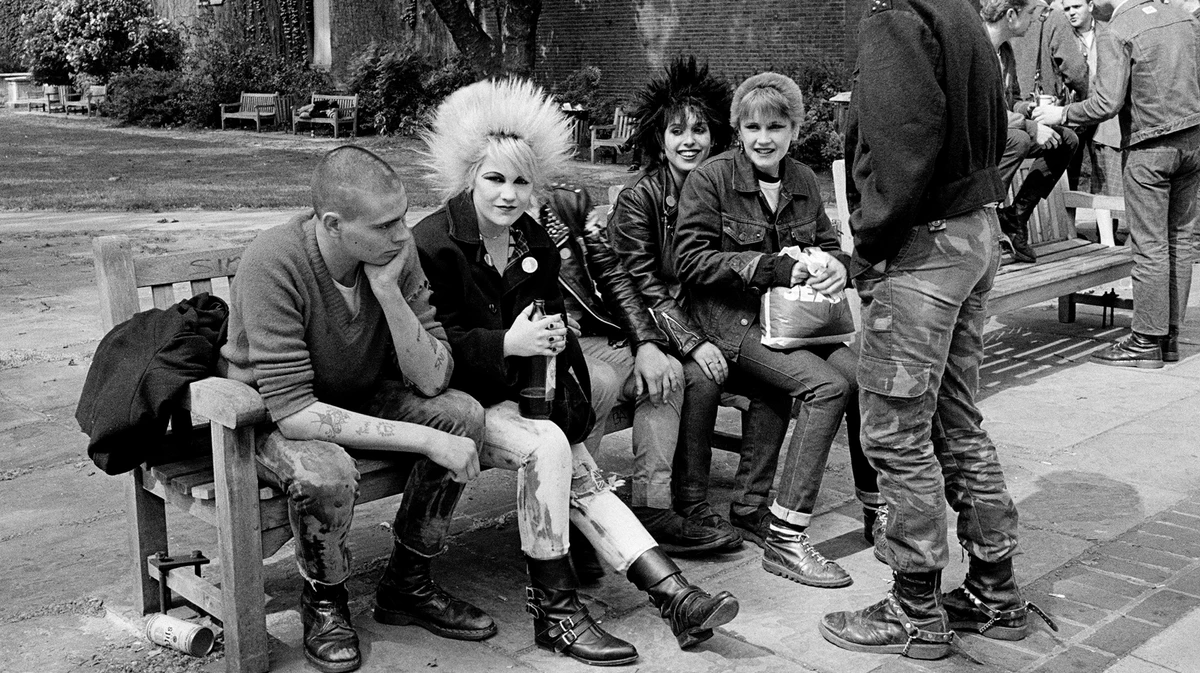
Janette-Beckman
The Birth of Punk in the US
In the mid 1960’s, the good old rock and roll was starting to lose its fame and rebellion. In spite of that, The Velvet Underground was creating uniquely the most aggressive rock music, which would later evolve to be called “punk.”
Since New Yorker punks would choose to stick to the roots of the music they made, New York punk can be described as a wilder and more aggressive form of rock (Swearingen 8-10). Lou Reed and his band The Velvet Underground were the first to create the nihilist appearance that punk would later bring up (Swearingen 33). In the early 70’s, as The Velvet Underground were breaking up, the New York Dolls were forming. These bands would later be known as the creators of punk. Despite their fame in the following years, both bands were neither on the radio, nor in the industry itself. According to Jessamin Swearingen, New York bands were separated from the rest of the country, and that was the reason why they were unable to have any list success (23). Since these bands had handicaps to find an opportunity to take the stage, New York’s underground clubs were considered to be quite important for the future of punk.
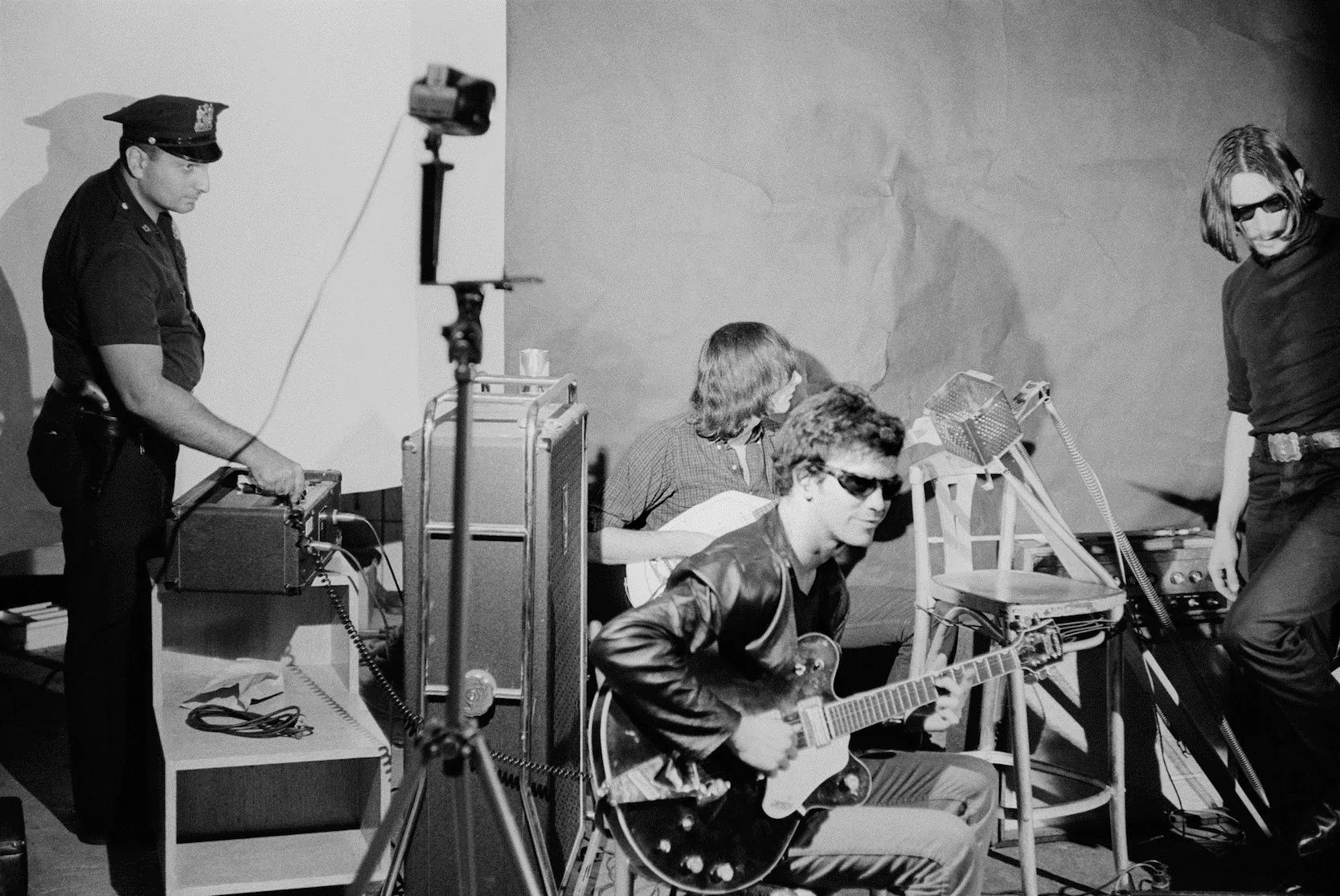
The Velvet Underground
The New York Dolls had a concert planned in the Oscar Wilde Room in Mercer Arts Center, which was the concert that gave them their big break. Mercer Arts Center was placed on the wrecks of a famous old hotel. The club had several backrooms and Oscar Wilde Room was one of those. Even the kitchen of the hotel would later become a separate club named “The Kitchen” (Swearingen 26). Mercer Arts Center unfortunately collapsed during a rehearsal in 1973 (“Mercer Arts Center Is Undamaged, Mostly”56).
On the other hand, there was CBGB. It was a small place in New York which was brought into the industry by bands like Television and Blondie in 1974. Although there were two other clubs as Max’s Kansas City and Mercer Arts Center, CBGB was the one to leave the glam rock style behind and become a place for punks (Swearingen 25). More about CBGB will be included in the following parts.
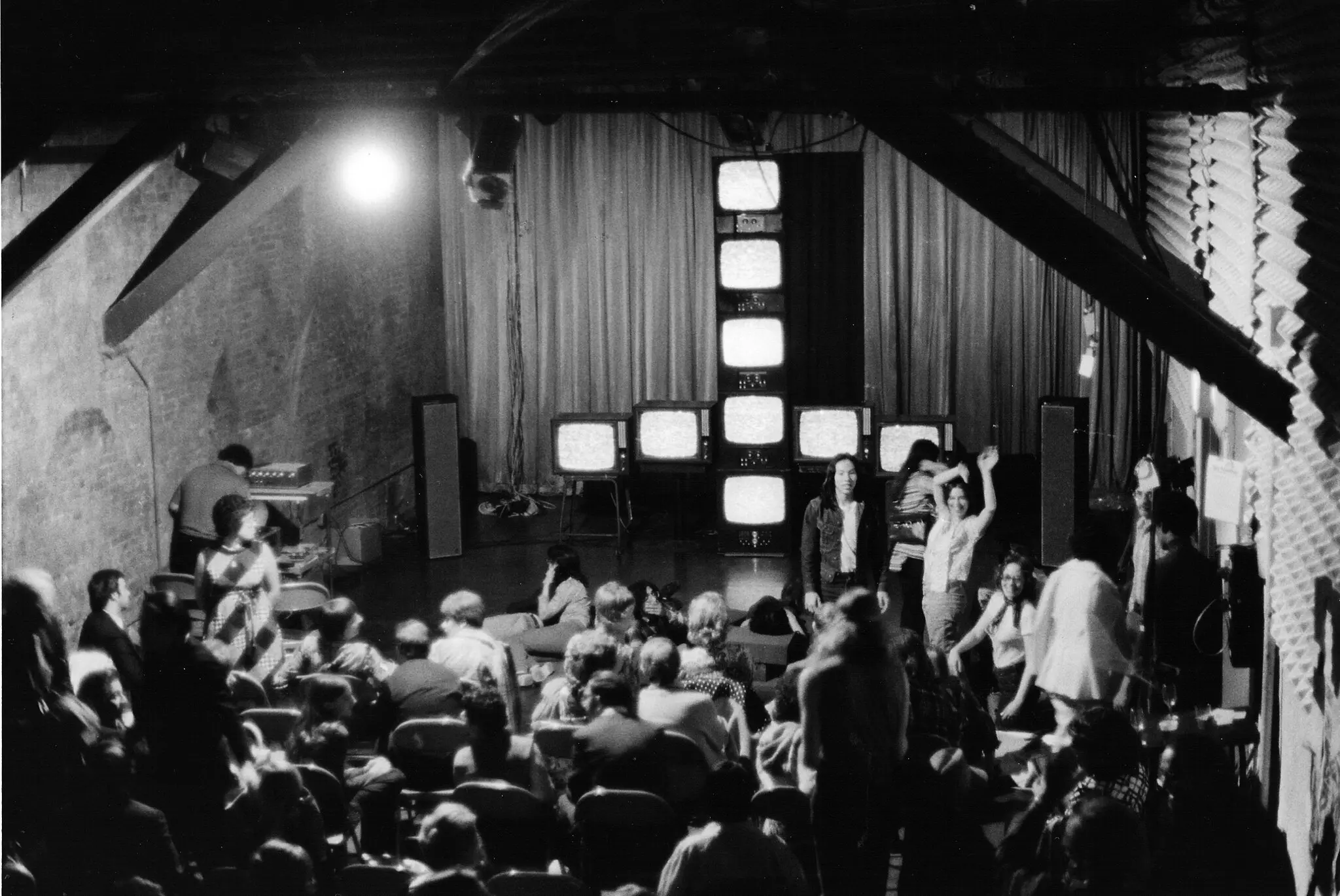
Mercer Arts Center
The Birth of Punk in the UK
An important figure in the birth of British Punk is Malcolm McLaren, a person who worked as the New York Dolls’ manager for some time, before the band crashed. After New York, McLaren was in the UK, working with the Sex Pistols. McLaren and the Pistols were continuously creating a scene on their own terms; everything that McLaren did not plan was making its way to headlines (Moore 310). Moore also explains the Sex Pistols’ big break:
In December 1976, the Sex Pistols got their big break when they were invited to appear on an evening television show and band member Steve Jones called host Bill Grundy a “dirty fucker” and “fucking rotter” during a live interview. The so-called “Grundy incident” put punk and the Sex Pistols on the front page of virtually all the British daily newspapers with headlines like “The Filth and the Fury”, “The Foul-Mouthed Yobs”, and “The Bizarre Face of Punk Rock” (310).
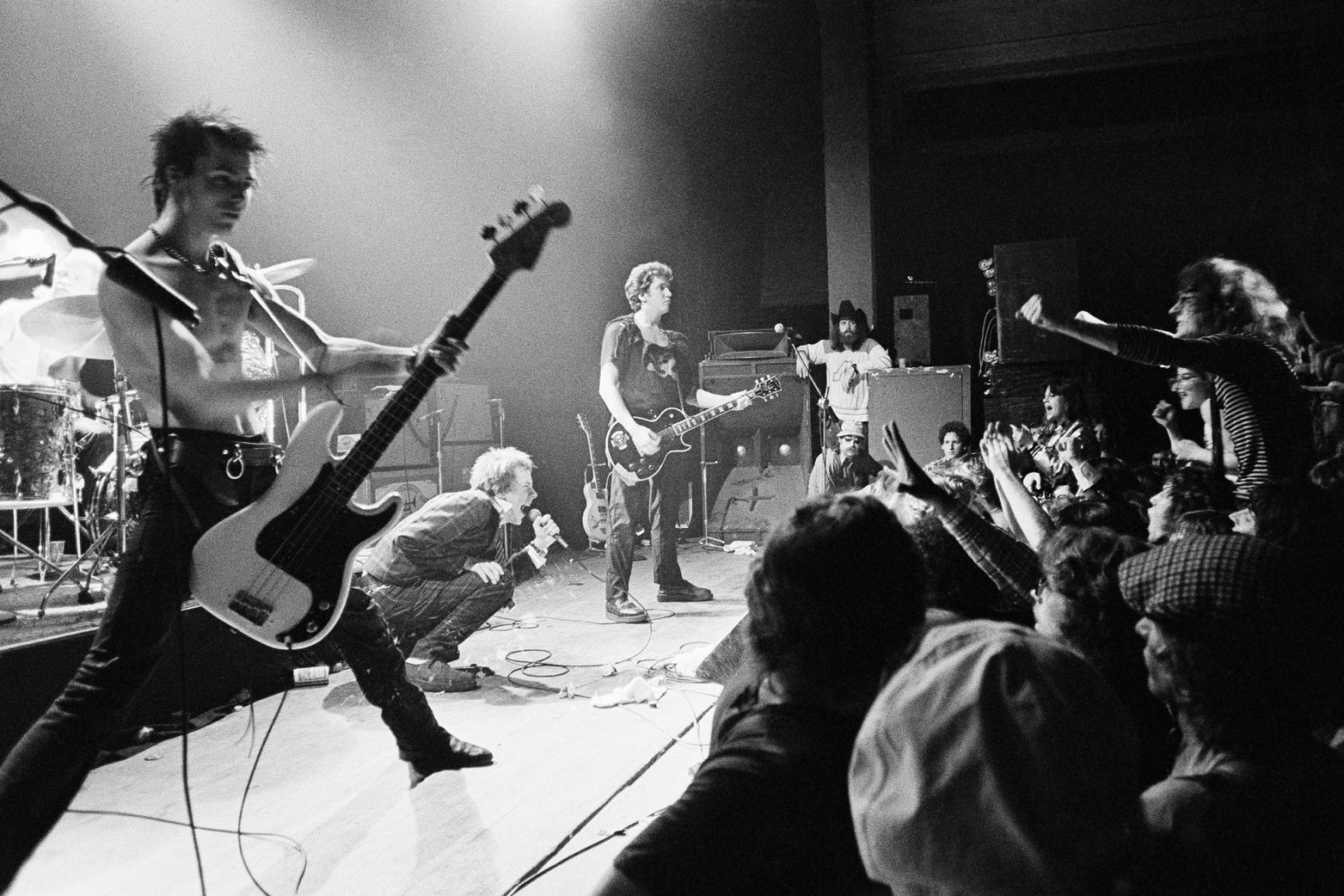
Sex Pistols
Six months after this break, the Pistols put on a sarcastic behaviour, releasing their single “God Save the Queen.” The British economy was going down since the 1960s and the unemployment rate was getting quite high in the 1970’s (Moore 310). These circumstances were creating new waves of xenophobia and scapegoating, as the National Front won the election. This inequality was the main source of the punks’ anger. So, naturally, the Pistols’ single’s title was a criticism against Queen Elizabeth II’s stolid behaviour, because she was celebrating her Silver Jubilee at the time.
Due to the Sex Pistols’ fame coming from the scandals they created, “God Save the Queen” did numbers and sold two hundred thousand copies in one week (Moore 310). They also had a concert on the deck of a boat called Queen Elizabeth, drifting down the River Thames. Thus, the Sex Pistols became the first British punk band to make a scene. After their popularity, fans started fanzines across the country. This way, people were getting to know the punk subculture, and as they did, it was becoming easier for them to pick up a guitar and scream their anger out. Since everyone in the UK was suffering from the social problems, being heard was nothing hard for British punk.
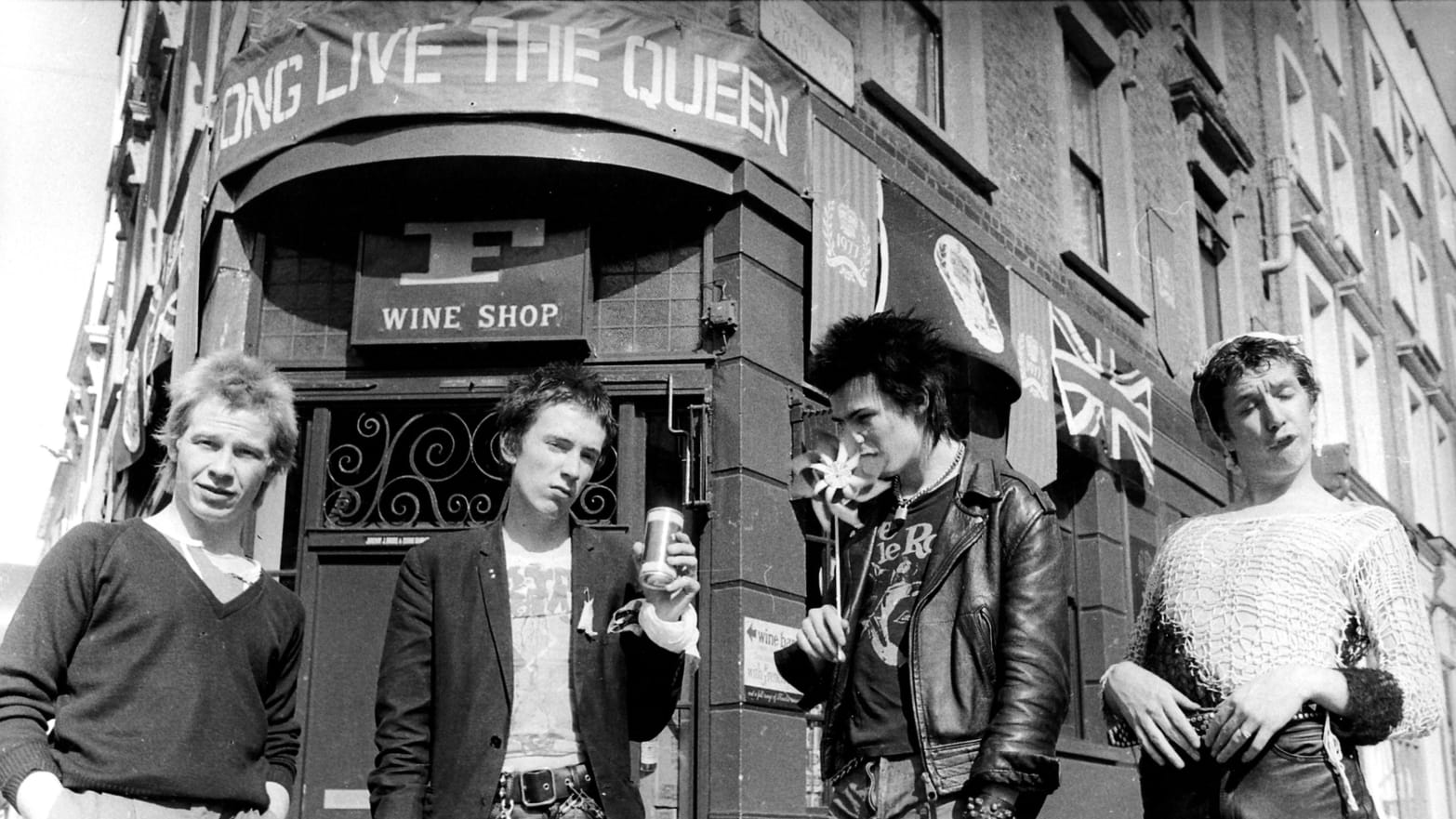
Sex Pistols
Anarchy in the UK or US
Punk was found by the bored youth of America. They were aiming to bring rock ‘n’ roll back by shouting their boredom out. Nevertheless, American punks were not successful at having their voice heard in the US at the time. Mainstream media would not accept bringing them to the agenda since they were “punks.” There were bands like Dead Boys, who used to harm themselves during shows (CBGB 01:19:03), which would affect the mass media by creating a dangerous appearance in case mentioned. On account of this type of attitudes, punk bands of America had a limited number of clubs or stages at which they could perform. In fact, the DIY ethic, Malcolm McLaren, and Hilly Kristal were the three main reasons that punk had a place in music history. If it were not for these three, punk would most probably stay as an unknown subgenre that not everybody has heard of. Thanks to the DIY ethic; McLaren and Kristal had the chance to see the potential in punk bands, so they opened a door for the culture.
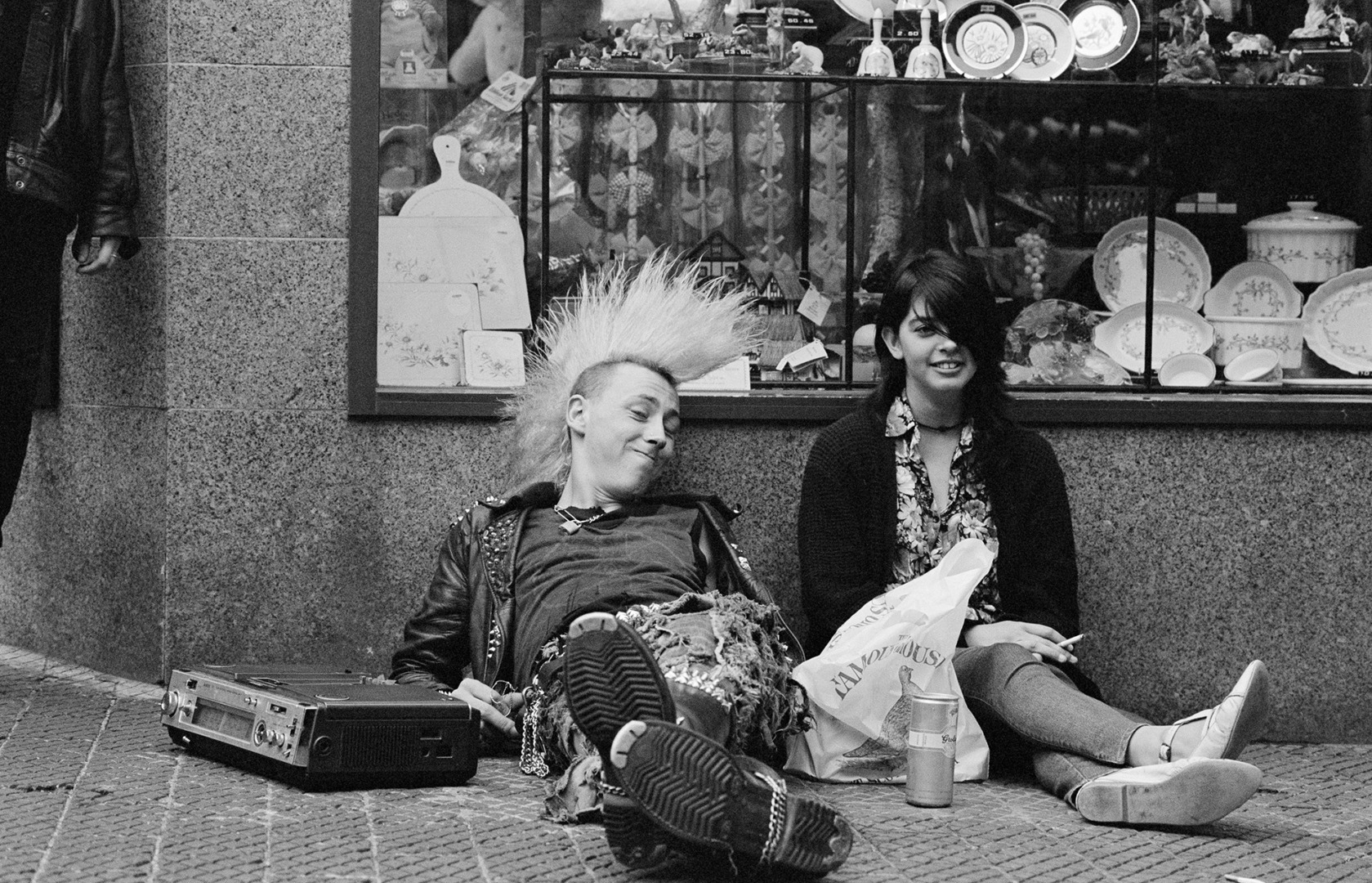
Marcus Graham
At the time that punk entered England, the country was already suffering both socially and economically. Unlike the Americans, the British youth was not bored, they were full of anger, and this was the point they would differ the most. They believed there was no future waiting for them, that their country was falling apart. Because of their desperation, British punks were not afraid to create scandals and make a scene. With Sex Pistols’ big break, “Grundy incident,” kids who desired a change in their lives met a whole new subculture they could fit in. The reason why British media would put them under the spotlight was because these kids were aiming directly at the Queen herself. Seeing that the media was interested in what they were doing, the chance of having a place to perform was higher for British punks. Therefore, British punk bands became more famous in the 1970’s, because they focused on social issues, and had a place in the mass media. Due to British punk’s fame at the time, punk is still, in 2021, mostly known as it was British, whereas its origins come from the US.
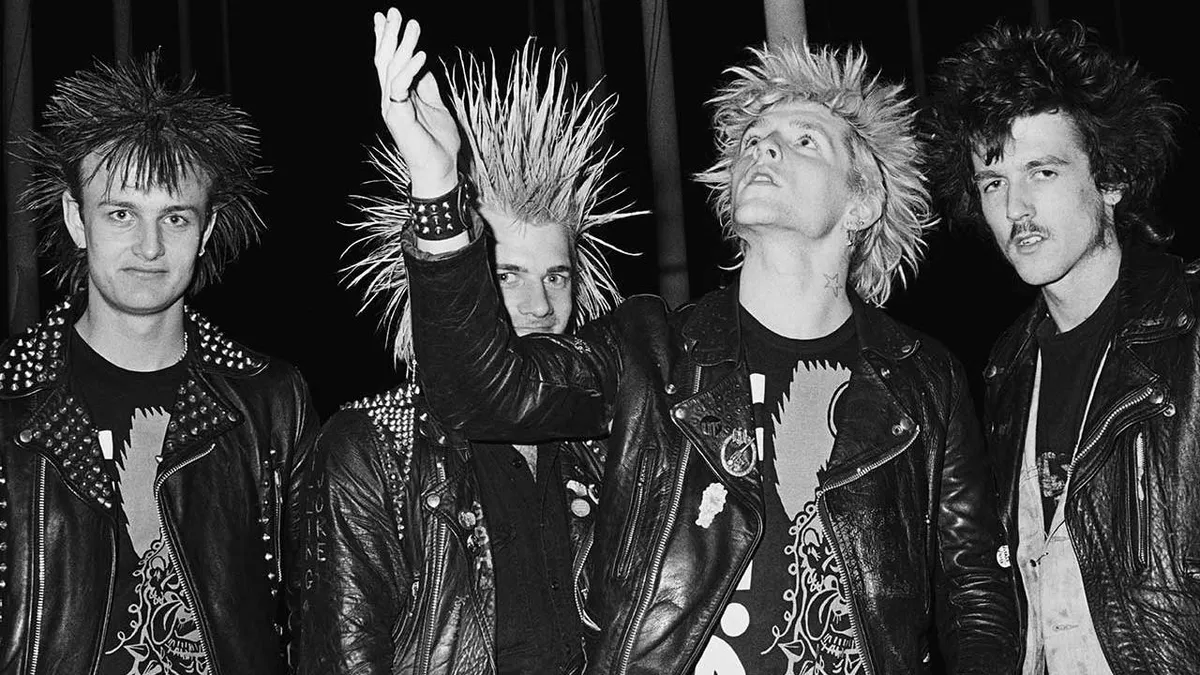
Works Cited
- Adams, Ruth. “The Englishness of English Punk: Sex Pistols, Subcultures and Nostalgia.” Popular Music and Society, 31 (2008): 469-488. PDF File.
- Brake, Mike. “The Skinheads: An English Working Class Subculture.” Youth & Society, 6 (1974): 179-200. PDF File.
- CBGB. Directed by Randall Miller. Alan Rickman. XLrator Media, 2013. CBGB & OMFUG. Web. Accessed 12 June 2021.
- <www.cbgb.com/about>
Eyerman, Ron. “Harvey Milk and the Trauma of Assassination.” Cultural Sociology, (2012): - 399-421. PDF File.
Martin, Gavin. “Fanzine Culture.” The British Library. 25 May 2016. Accessed 19 June 2021. Guerra, Paula, and Henrique Grimaldi Figueredo. “Today Your Style, Tomorrow The World: - Punk, Fashion and Visual Imaginary.” ModaPalavra, 12 (2018): 112–47. PDF File. Kaplan, Michael. “A Look at the Punk Treasures inside Joey Ramone’s East Village
- Apartment.” New York Post. 20 Apr. 2021. Web. Accessed 16 June 2021.
“Mercer Arts Center Is Undamaged, Mostly.” The New York Times. August 4th, 1973: 56. - Web. Accessed 12 June 2021.
Moore, Ryan. “Postmodernism and Punk Subculture: Cultures of Authenticity and - Deconstruction.” The Communication Review, 7 (2004): 305-327. PDF File.
Moran, Ian P. “Punk: The Do-It-Yourself Subculture.” Social Sciences Journal, 10 (2010): - 58-65. PDF File.
- “New York Dolls.” Wikipedia. 9 May 2021. Web. Accessed 16 June 2021.
Perry, Mark, and Danny Baker. “How We Made Punk Fanzine Sniffin’ Glue.” Interview by - Daniel Dylan Wray. The Guardian. 10 Dec 2019. Web. Accessed 19 June 2021. 13
- “Punk (Magazine).” Wikipedia. 7 Oct. 2020. Web. Accessed 19 June 2021.
Swearingen, Jessamin. Risale-i Punk. Translated by Artemis Günebanlı. İstanbul: Altıkırkbeş - Yayın, 2013. Press.
Turbett, Virginia. “Photo of SEX PISTOLS; Group portrait on the set of the Pretty Vacant… - Nieuwsfoto’s.” Getty Images. 1 June 1977. Accessed 16 June 2021.
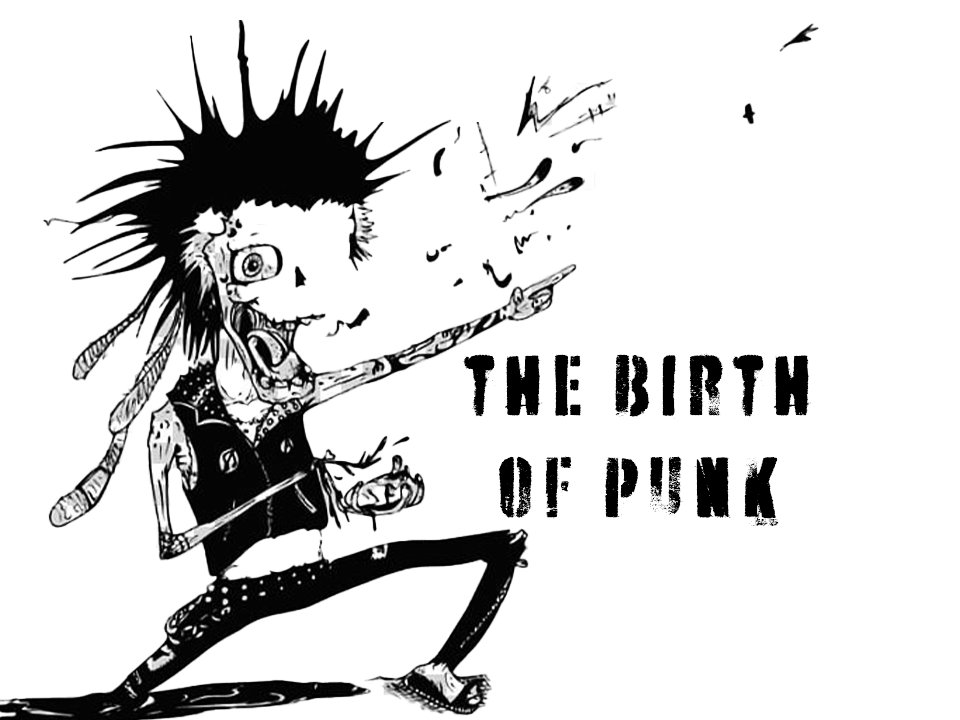
Yorumunuzu Yayınlayın